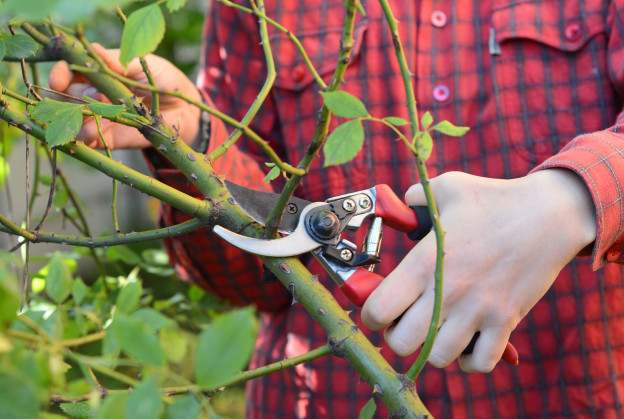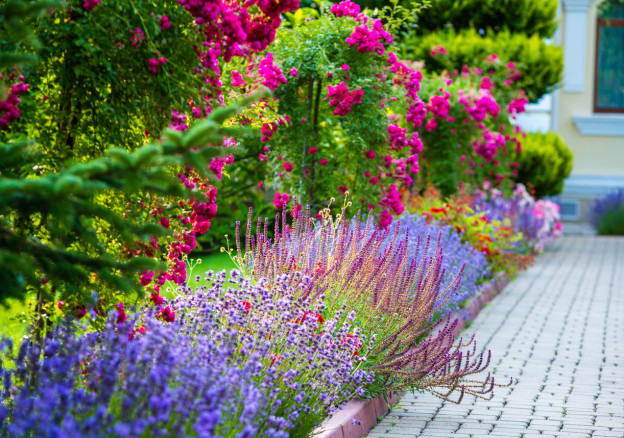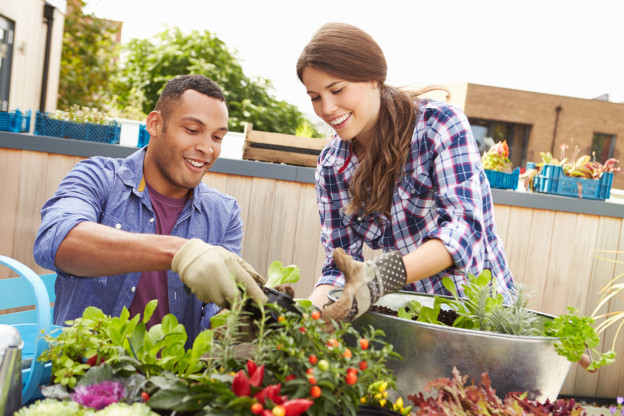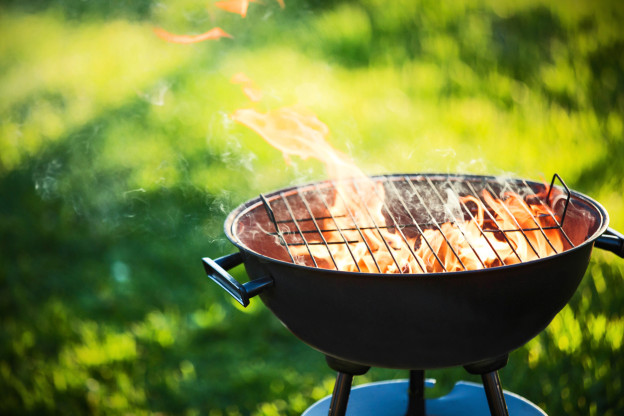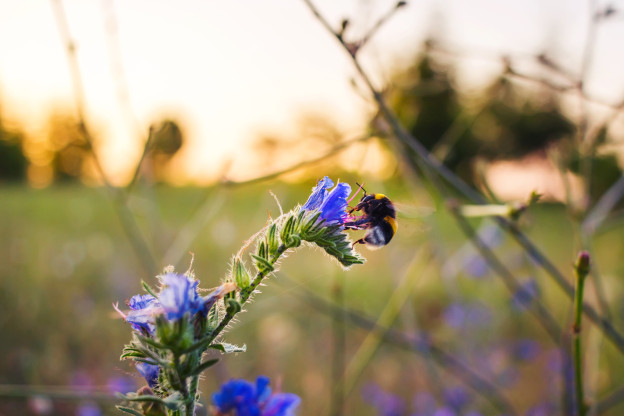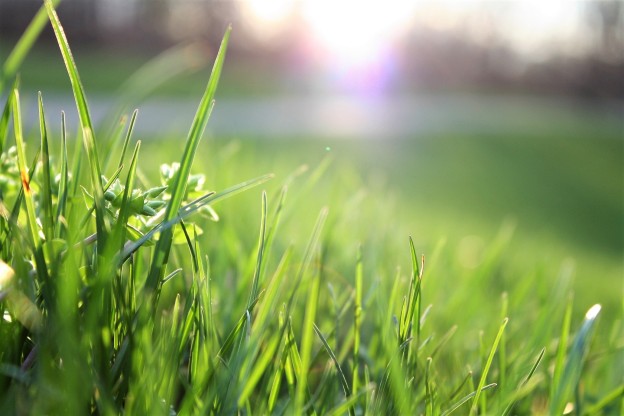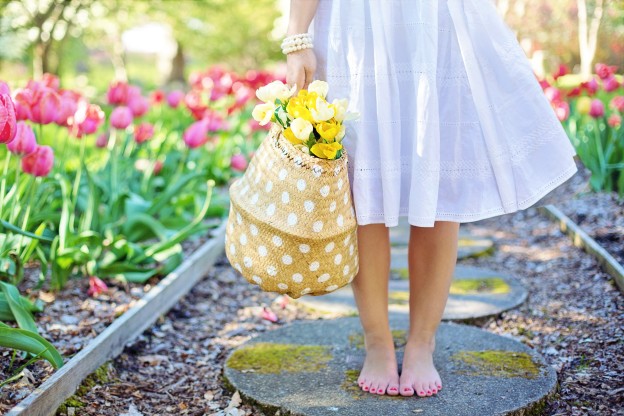A lush garden is a beautiful addition to any home, although everyone who has one knows the importance of keeping your garden tidy and thriving. Although there is always something new to learn about gardening, novice gardeners can have more questions about upkeep than those with some years of experience. Luckily, it’s mostly about knowing when to do what. By following a few easy steps, making sure your garden stays healthy and tidy isn’t that difficult at all. Follow our tips here:
How to Plan a Garden Tidy-up
To understand what to begin with when doing a garden tidy-up, first, you need to pinpoint what it is you want to achieve. Some gardens require more work than others. If you have just moved into a new property, you might see something neglected for years. In this case, there will be loads more to tackle than when you spruce up a garden after winter.
1. Make a List of Things to Do
Start by making a list of things you want to change or take on. Doing that allows you to pinpoint specific tasks that will need doing. Also, what is it that you want to achieve? Do you want your garden to be aesthetically more pleasing? Do you want to grow flowers, fruit, and vegetables? Is it about creating an outdoor space for family and friends? Once you have this established, look at tasks at hand.
2. Prioritise Tasks
Now that you have your goals and an idea of tasks, it’s time to pinpoint, when to do what. Create a gardening calendar and fill in tasks. Different plants and flowers have a specific time when they need to be planted. Usually, you can find this information on the seed packet or consulting sales assistants in a gardening centre. Pruning can be done throughout the year, but again, it depends on the plant.
The best time to prune trees and bushes to stimulate growth is during the inactive period in winter. However, you can cut off dead wood anytime. For blooming trees, consider pruning after their spring flowers fade. If you want a beautiful lawn, consider laying lawn turf. Mid-autumn is the best time for this, however, you can do it until late winter, but before the soil is too wet or frosty.
3. Plan Your Garden Layout
Beautiful gardens are aesthetically pleasing and functional. It is much easier to do a garden tidy-up if everything is in the place it should be. Consider creating a dedicated space for different areas in your garden. If you grow fruit, vegetables, and herbs, create a patch where things would grow best. Does it have enough sunlight? Being close to the shed would also help. An area for socialising with friends and family is where you would want ornamental accents like a pond, decorative stone paths, and flowers.
Garden Tidy-Up Ideas
Simple tasks can go a long way in making your garden look pristine. More often than not, it’s all about prevention and maintenance.
-
Remove any moss or lichens from pathways, patios, stone features, and fencing.
-
Repair any damaged pathways, fences, garden furniture or any other disfigured element.
-
Tidy appearance of soil around plants by applying barks and woodchips. Mulching protects the roots, prevents moisture from escaping, and slows down the growth of weeds.
-
Introduce plants and flowers into unused and neglected areas in your garden.
-
Grow a hedge to separate your front garden from the street.
-
Add garden furniture to create a space that you and your family and friends can enjoy.
-
Create raised plant beds for growing vegetables, herbs, and fruit. Adding fresh topsoil ensures that the plants get enough nutrients.
Shed Tidy-up Ideas
Anyone who has ever had a garden shed knows that it can quickly turn into a mess that resembles a drawer, where you chuck everything that doesn’t have a place anywhere else. Keeping your garden shed tidy is one of the most important tasks as it will make the whole process of tidying up your garden much easier.
To tidy up your shed organise everything and put it in the appropriate place. Make sure the garden hose doesn’t have any knots and is rolled up nicely. Any long gardening tools like shovels, hoes, and rakes should be hung up. Have a dedicated space for pruners, shears, and other tools you use regularly. Ensure that all equipment is clean and dry after use, and put it in its designated spot.
Keeping Pond Water Clear
If you have a pond in your garden, remember to take care of it too. Ponds that are taken care of are a beautiful addition to your garden, but neglecting them will repel you or anyone else to go near them due to murky water or even smell.
The best time to clean the pond is in late autumn. If you have any fish or other creatures, they will be less active during this time. When changing the water in the pond, carefully remove any fish or other creatures into tanks. Before filling the pond up again, clean the surface liner with a brush.
During the summer, remember to top-up water levels if they drop during hot weather. Remove any floating weeds or leaves, or other debris. Every now and then spray some fresh water on the pond surface to improve oxygen levels and break the surface.
